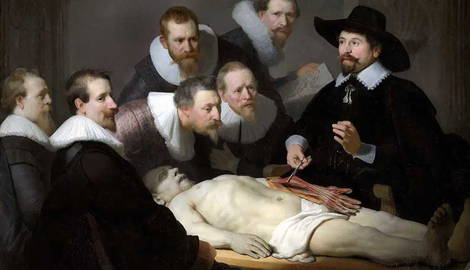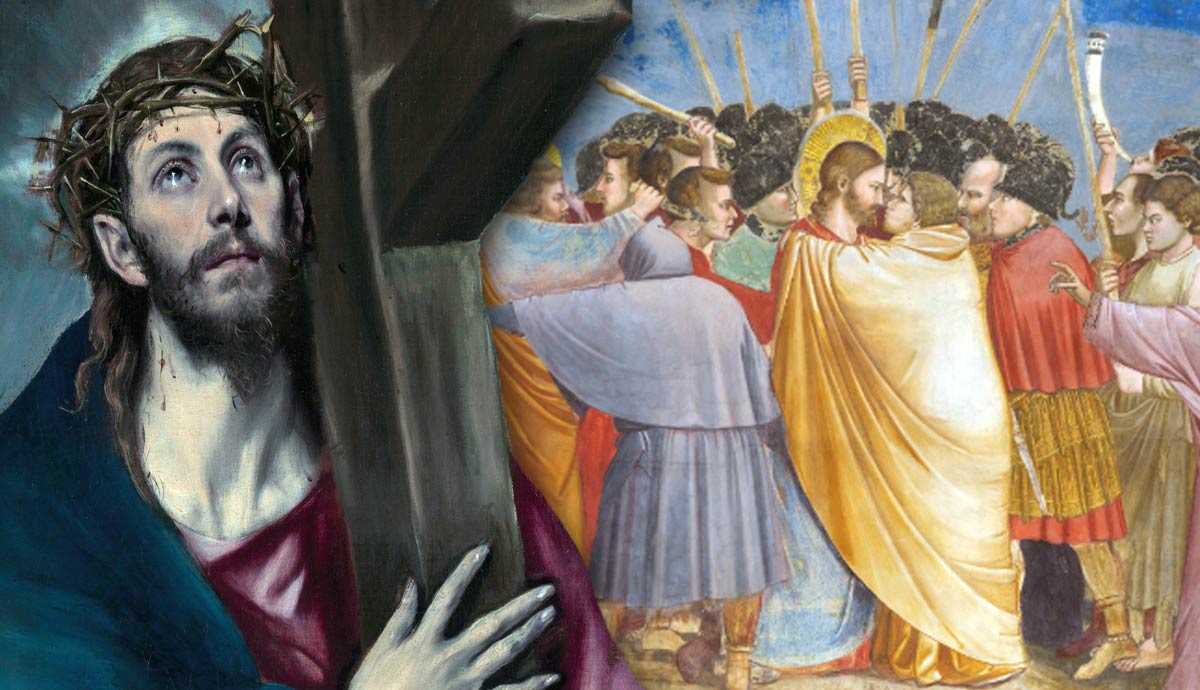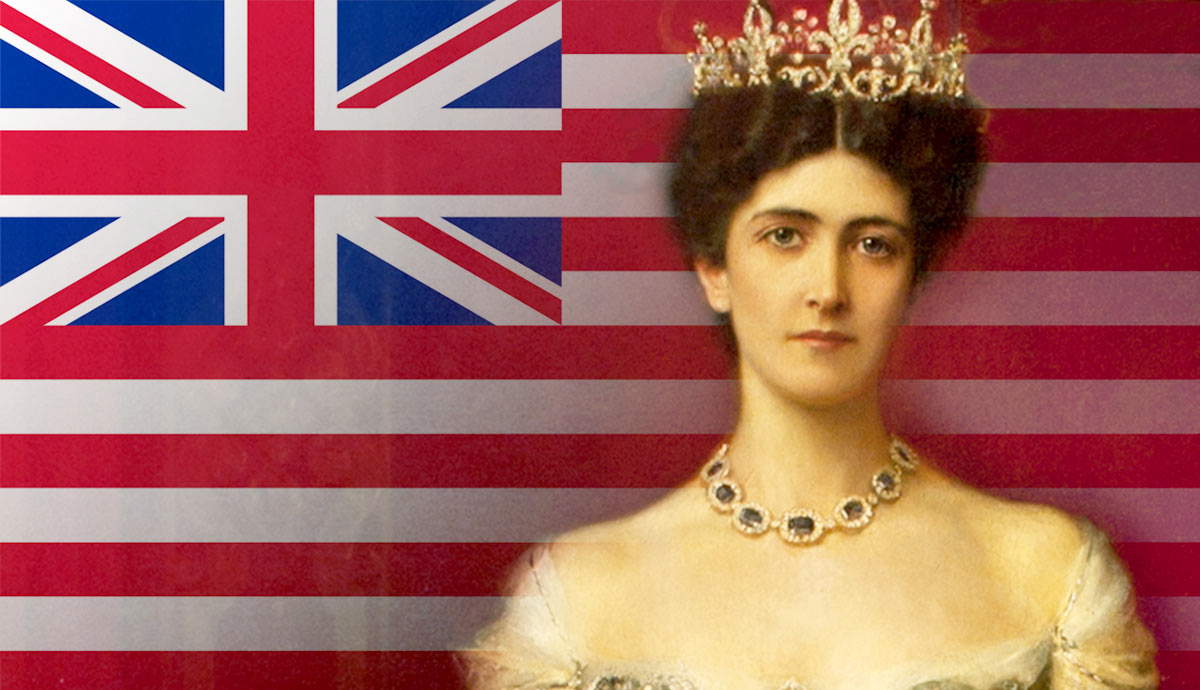
During the Renaissance a series of significant shifts in our understanding of the human body took place. Increasing knowledge of human anatomy formed a bridge between science and art – new scientific awareness of bodily construction had a remarkable impact on artists’ ability to convey lifelike figures in dynamic poses and interactions.
Among those conducting research into the human body were artists themselves, many of whom carried out their own extensive observational studies through human dissection. Others relied on the scholarly knowledge of recently published textbooks, as well as anatomical drawings and models.
Vesalius’ De Humani Corporis Fabrica (and Other Texts)

Widely recognized as the father of modern anatomy, Flemish anatomist Andreas Vesalius published a progressive volume titled De Humani Corporis Fabrica in 1543. His book made a series of discoveries that challenged pre-existing theories on how the human body worked, which he had uncovered by conducting his own human dissections, such as an understanding of human circulatory systems. The book included detailed illustrations which became core research for artists in the generations that followed.
Other key anatomical texts include Giovanni Andrea della Croce’s Chirugia Magna, published in 1597, and Bernardino Genga’s Tabulae Sceleti et Musculorum Corporis Humani, published in 1731.
Did Artists Use Human Dissection?

As well as closely observing live models, many Renaissance artists saw human dissection as a pivotal learning tool that could greatly benefit their art practice. Some attended human dissection lessons taught by skilled anatomists as a part of their artistic training. Others went a stage further, even carrying out their own dissections in order to gain an in-depth knowledge on the inner workings of the human body.

One example is Leonardo da Vinci, whose incredibly detailed drawings of the human body are now recognized as important breakthroughs in scientific research. Michelangelo also carried out private dissections, which some say he began from the tender age of just 17 years old.
A Fusion of Art and Science

Such interrelated areas of interest between artists and anatomists led to a blurring of boundaries between the arts and sciences. Many Renaissance artists went on to provide the illustrations for anatomists’ textbooks and pamphlets, which in turn became educational tools for a new cohort of artists and scientists. Such collaborative work undoubtedly shaped the nature of medicinal study for the following generations.
What Kind of Models Did They Make and Use?

As well as detailed, illustrated textbooks and first-hand study, anatomical models played an important role in the understanding of the human body during this time. In many ways they were far more beneficial, offering a mess-free alternative to the issues around dissecting real bodies, and an ‘in the round’ understanding of the body that can be hard to fully recreate in drawing alone. Artists and anatomists joined forces to create anatomical models based on real life study, and these became important teaching tools for subsequent generations.
Such models were used in both artistic and scientific educational establishments, and became the basis for many public demonstrations and lectures.
Wax Models

By the early 1600s, anatomical models were regularly produced in wax, which could be sculpted to resemble the smooth surface of human tissue. Early anatomical sculptures were made using wax over iron frames or human skeletons. Taking casts from human bodies proved time consuming and wasteful, so eventually artists were hired to sculpt wax models. Italian 17th century artist Gatano Zumbo made detailed wax models depicting various stages of death and disease, while Italian artist Ercole Lelli was commissioned by Pope Benedict XIV to produce a group of models to be used for study at the University of Bologna.
Anatomical models of medical ailments and anomalies, from tumors to diseases, became medical tools that aided in the understanding of medicine. While these were seen at the time to be instruments of study rather than works of art per se, the models often demonstrated the individual artist’s style, and those that have survived are held in various museum collections today.










